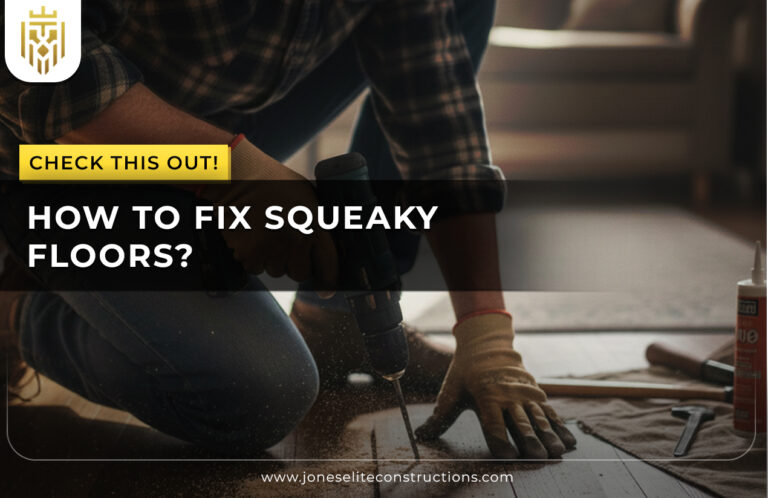What is a Plumbing Inspection?
A plumbing inspection is a thorough examination of the entire plumbing system of a residence, mainly pipes, fixtures, and appliances such as water heaters. It helps identify signs of leaks, corrosion, or blocking, which may require attention from a professional plumber before becoming problematic.
Why is Plumbing Inspection Important?
Plumbing inspections are critical to alert early issues, act as a prevention mechanism against costly repairs, and ultimately protect water quality. A well-cared-for plumbing system maintains the value and safety of a property. The use of a professional plumber ensures a more thorough inspection that will commonly include plumbing camera inspection and leak detection.
Types of Plumbing Inspections

The different types of plumbing inspections are visual inspection, camera inspection, leak detection inspection, and water pressure inspection. Conducting an annual checkup using these inspection types ensures the safety, efficiency, and longevity of your building’s plumbing system.
-
Visual Inspection
A visual plumbing inspection is a basic yet vital undertaking where a professional plumber would inspect visible fixtures, pipes, and joints. The test would indicate signs of corrosion, leaks, and physical destruction, supporting the plumbing inspection checklist and assuring plumbing system health.
-
Camera Inspection
Plumbing camera inspection comprises inserting specialized cameras into the pipe to view their conditions internally. This non-invasive method also allows the plumber to precisely locate blockages, damage, and root intrusions. Camera-based plumbing inspection comes in particularly handy when the source of the issue is not visible during a regular plumbing inspection.
-
Leak Detection Inspection
Plumbing inspection procedures often employ pressure testing, thermal imaging, and acoustic sensors to flush out leaks that are not visible. This ensures that the plumbing works fully sealed and in an efficient manner. A plumbing camera inspection may also be applied by a professional plumber for locating leaks in areas that are harder to access.
-
Water Pressure Inspection
Water pressure inspection checks whether the plumbing system has consistent pressure and is safe to use. Low pressure can imply a problem with the pipes, while high pressure could damage the fixtures and water heating systems. Through professional plumbing inspection, an assessment will be done on the pressure, and regulation will be instated for water flow.
Plumbing Inspection Checklist

A plumbing inspection checklist implies a study of the entire plumbing system, from pipes to fixtures, water heaters, and drainage. Aspects of the checklist ensure proper water flow; checks for leaks and corrosion, and pressure imbalances keep all plumbing working properly and safely by carrying out regular plumbing inspections.
-
Checking General Plumbing System
The general plumbing inspection checklist includes leaks, corrosion, or damage in all pipes and fittings. The health of the plumbing system depends on the plumber checking water pressure, valve operation, and drain performance. Also, there will be checks for the appliance connections, with plumbing camera inspection potentially used for hidden problems.
-
Bathroom Inspection
A bathroom plumbing inspection comprises checking all fixtures, piping, and joints for leaks and corrosion. Toilets should flush properly, refill the tank correctly, and drain. Shower-head pressure and drainage should both be adequate. Plumbing camera inspection might be used by professionals for underfloor or wall piping problems.
-
Kitchen Inspection
A kitchen plumbing inspection includes checking sink faucets, supply lines, and drainage. The plumber inspects garbage disposal and under-sink pipes, and checks water pressure. Special tools such as cameras may be used to inspect for hidden clogs. These checks are essential items on the plumbing inspection checklist.
-
Water Heater Inspection
During a regular plumbing inspection, the water heater is checked for signs of rust, leakage, or sediment buildup. The plumber tests the temperature setting and safety valve operation. This inspection prevents problems in your plumbing and ensures that hot water is supplied to your house-a service often complemented with a plumbing camera inspection.
-
Sewer and Drain System
A thorough plumbing inspection includes a look at the sewers and drainage system. The plumber surveys the area for clogs, gurgling noises, foul odors, or slow drainage. If further problems are suspected, plumbing camera inspections can determine internal pipe conditions within the plumbing system.
-
Laundry Room Inspection
In laundry areas, plumbing inspections include hose connections, supply valves, and drainage. Look at these for any leaks, bulges, or mold-an indication of possible plumbing problems. A plumbing camera inspection may be employed by the professional plumber to look into hard-to-view pipework and ensure system integrity.
-
Outdoor Plumbing Inspection
Outside plumbing inspections check hose bibs, irrigation lines, and exposed piping. The plumber checks for any signs of cracks or leaks and ensures water flows away from the structure. These inspections are included within the general plumbing inspection checklist.
How Often Should You Get a Plumbing Inspection?

There are four ideal situations that indicate you to get a plumbing inspection done and they are: annual inspection, before buying or selling a property, after major renovations, and when you notice warning signs.
-
Annual Inspection
An annual inspection of the plumbing system by a professional is recommended if the house is old. It is done to catch small issues before they become big ones. As an element of the inspection, plumbing camera examination may be used to assess hidden parts of the plumbing system maintaining water efficiency and safety for the longer run.
-
Before Buying or Selling a Property
Before any kind of real estate transaction, a plumbing inspection is essential. A professional plumber can discover concealed flaws in the plumbing system using tools like plumbing camera inspection. This protects both buyers and sellers from any nasty surprises down the road, including significant water damage.
-
After Major Renovations
Post-renovation plumbing inspections check to verify that all new fixtures, pipes, and appliances work properly. A certified plumber also guarantees that no installation errors or leaks exist. A plumbing camera inspection may check the interior of the upgraded plumbing systems.
-
When You Notice Warning Signs
If low water pressure, leaks, or slow drainage develops, schedule a plumbing inspection promptly. These signs are indicative of more deep-seated plumbing issues. A professional plumber will be able to conduct a plumbing camera inspection to determine the root cause quickly and accurately.
FAQs
1) What is a plumbing inspection?
A plumbing inspection is a thorough examination of the entire plumbing system of a residence, mainly pipes, fixtures, and appliances such as water heaters. It helps identify signs of leaks, corrosion, or blocking, which may require attention from a professional plumber before becoming problematic.
2) What are the different types of plumbing testing?
The different types of plumbing inspections are visual inspection, camera inspection, leak detection inspection, and water pressure inspection. Conducting an annual checkup using these inspection types ensures the safety, efficiency, and longevity of your building’s plumbing system.
3) How Often Should You Get a Plumbing Inspection?
There are four ideal situations that indicate you to get a plumbing inspection done and they are: annual inspection, before buying or selling a property, after major renovations, and when you notice warning signs.
4) Why is Plumbing Inspection Important?
Plumbing inspections are critical to alert early issues, act as a prevention mechanism against costly repairs, and ultimately protect water quality. A well-cared-for plumbing system maintains the value and safety of a property.









